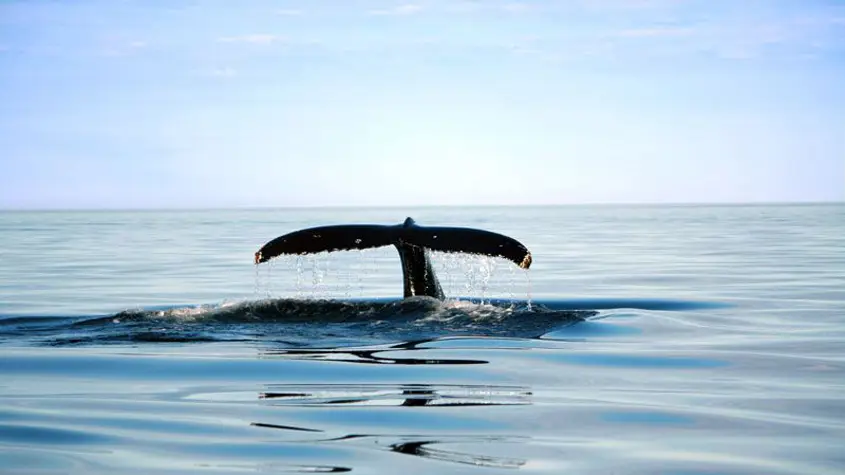Take beautiful pictures of whales
If you are amazed by the beauty of whale pictures in books and on postcards, you should understand that it is the result of long hours spent observing and waiting for the right moment to immortalize these iconic marine mammals.
Taking a good picture of whales is a challenge. You will need to prepare yourself upstream and follow these tips if you wish to capture these fast moments.
Choose the right material
First, choose good material as it is essential to obtain quality content. Use long focus length lenses, continuous shooting mode and remember to protect your camera from ultraviolet rays and splashing. If you are using your phone, it is best to protect it with a plastic bag. Pick one with a small strap that you can attach to your wrist so you can prevent your phone from being damaged or ending up at the bottom of the river.
Favor ideal conditions
Favor ideal conditions before venturing into whales' natural habitat. The perfect picture day includes a clear sky, without wind or mist, with a sun shining not too bright. As perfect conditions are not guaranteed, make sure to protect your camera adequately.
Get acquainted with the whales' behavior
Getting acquainted with the whales' behavior should also not be neglected. How often do they come to the surface? In what direction do they move? What is the diving duration of their species? Marine mammals can be unpredictable and change direction underwater.
Book your cruise
Once you are well-prepared, book your AML Cruise St. Lawrence River excursion, available either aboard a Zodiac or a boat. Depending on the cruise of your choosing, you will be on the water between two and three hours and have plenty of time to admire the whales and, with your camera on hand, capture the exceptional shot you were hoping for.
Take the best picture
If you wish to take the best picture possible, follow these final tips:
- Make sure the sun is facing your back to avoid backlighting
- If multiple animals come to the surface, concentrate on one of them, it will be easier for you to focus and frame your picture
- Photograph the back and the tail to allow species identification
- Wait for the last dive when the whale arches its back the most
If you are thinking about observing whales on the bank of the river, be careful not to get too close to the water. The rocks exposed at low tide can be very slippery. Also, don’t be too hard on yourself, enjoy the moment and the show offered by these fascinating marine mammals.



